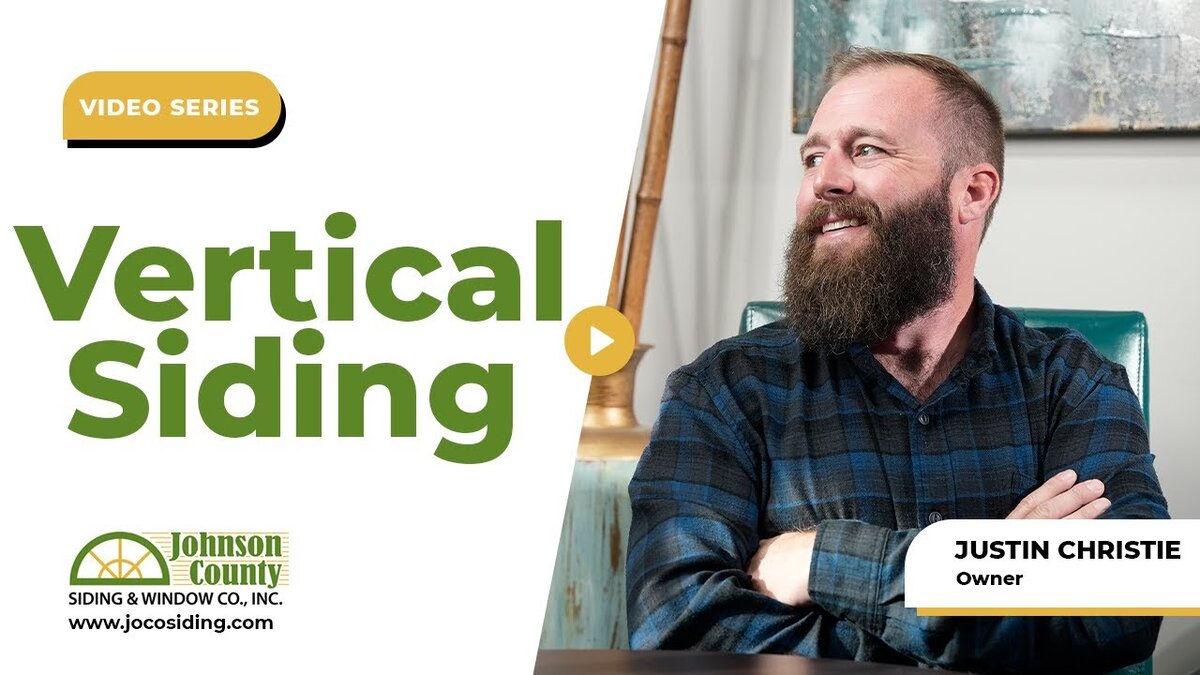When you live in an area prone to extreme weather, choosing the right siding for your home is critical. Harsh elements like high winds, heavy rains, hail, and fluctuating temperatures can wreak havoc on the exterior of your home. In our region, where seasons can shift from blazing heat to freezing cold, homeowners need a durable solution. That’s why James Hardie siding stands out as one of the best options. Its toughness and reliability make it the perfect shield for your home against extreme weather.
What Is James Hardie Siding?
James Hardie fiber cement siding is a unique material made from a blend of concrete, resins, and fibers. It’s designed to look like traditional wood siding but offers far superior durability. Many homeowners love the aesthetic of wood siding but worry about its upkeep and vulnerability to weather. James Hardie fiber cement gives you that same wood-like appearance, without the maintenance headaches or weather-related issues.
Built to Withstand the Elements
One of the primary reasons homeowners choose James Hardie siding is its ability to withstand even the harshest weather conditions. In Kansas City, we experience everything from sweltering summers to frigid winters, not to mention the occasional severe storm. James Hardie siding’s rigidity makes it resistant to:
- High winds: Unlike vinyl siding, which can be ripped off during strong winds, James Hardie siding stays securely in place.
- Hail: The fiber cement material is thick and solid, making it much less prone to damage from hail compared to thinner, plastic-based sidings.
- Temperature swings: Whether it’s extreme heat or freezing cold, James Hardie siding maintains its shape and integrity, without warping or cracking.
Installation Matters
While James Hardie siding is incredibly resilient, its performance is heavily dependent on proper installation. It’s crucial that the siding is installed according to the manufacturer’s specifications. James Hardie has spent years developing this product, so they know exactly how it should be applied to ensure maximum protection against the elements.
Our team follows these strict guidelines to make sure the siding performs as intended. After all, even the best product can fail if it’s not installed correctly.
Comparing James Hardie Siding to Other Materials
When it comes to siding options, you might be tempted by the lower cost of vinyl. However, it’s important to weigh that savings against the long-term benefits of James Hardie fiber cement.
Why Vinyl Falls Short
Material durability: Vinyl siding is made from plastic, which simply cannot match the strength of fiber cement. It’s lighter, thinner, and more likely to get damaged in high winds or hail. Aesthetics: Most homeowners want their siding to look like wood, and while vinyl can try to mimic that appearance, it never fully achieves the same look. James Hardie siding, on the other hand, is designed to have the authentic texture and appearance of real wood.
When severe weather strikes, vinyl siding often results in holes or panels being torn off entirely, leaving your home vulnerable to water damage and costly repairs. With James Hardie siding, those concerns are minimized.
Low Maintenance and Longevity
One of the standout features of James Hardie fiber cement is its minimal maintenance requirements. Unlike wood, which requires regular painting or staining, James Hardie siding is typically installed with color already embedded into the material. This reduces the need for frequent touch-ups and maintenance.
The Advantage of Lap Siding
James Hardie lap siding is designed to provide extra protection against the elements. Each panel is installed overlapping the one below it, which means the nails that fasten the siding to your home are covered by the panel above. This design significantly reduces the chance of moisture seeping in around the nails, which is a common problem with other types of siding, like wood or vertical profiles.
When moisture enters through exposed nails or unsealed areas, it can cause long-term damage. With James Hardie siding, that risk is greatly minimized, ensuring that your home stays protected for years.
Caulking and Moisture Concerns
Another key difference between James Hardie siding and other materials like wood or LP (a type of manufactured wood) is the reduced need for caulking. With vertical profiles or wood siding, exposed nails need to be sealed regularly, or you risk moisture getting in. However, most homeowners don’t maintain the caulking as often as they should, which can lead to water damage and other issues.
With James Hardie lap siding, those exposed areas are minimized, which means less maintenance for you and fewer opportunities for moisture to sneak in.
Conclusion
When it comes to protecting your home from extreme weather, James Hardie siding is unmatched. It offers the wood-like appearance many homeowners desire, with the added benefit of unparalleled durability and minimal maintenance. Unlike other siding materials, James Hardie fiber cement stands strong against high winds, hail, and temperature swings, making it a smart long-term investment for your home.
If you’re looking to protect your home from the elements with a siding solution that will last for decades, contact Johnson County Siding & Window Co. today to learn more about James Hardie siding installation


















